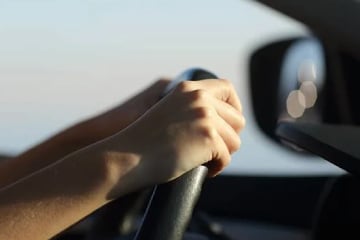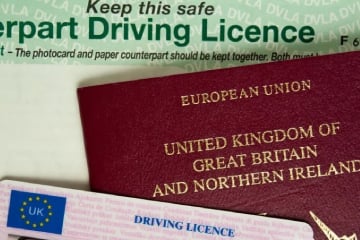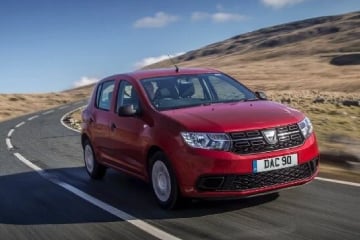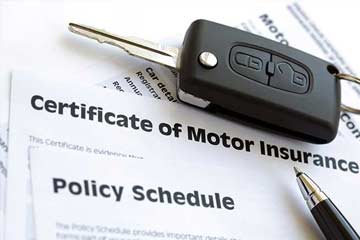In 2022, the Highway Code changed to prioritise the safety of vulnerable road users.
The changes applied to drivers and their behaviour towards vulnerable road users. But charities like the British Horse Society, Living Streets and Cycling UK all expressed concerns that drivers weren’t aware of the new changes.
In answer to these organisations, the government has launched a campaign to raise awareness of the 2022 Highway Code changes.
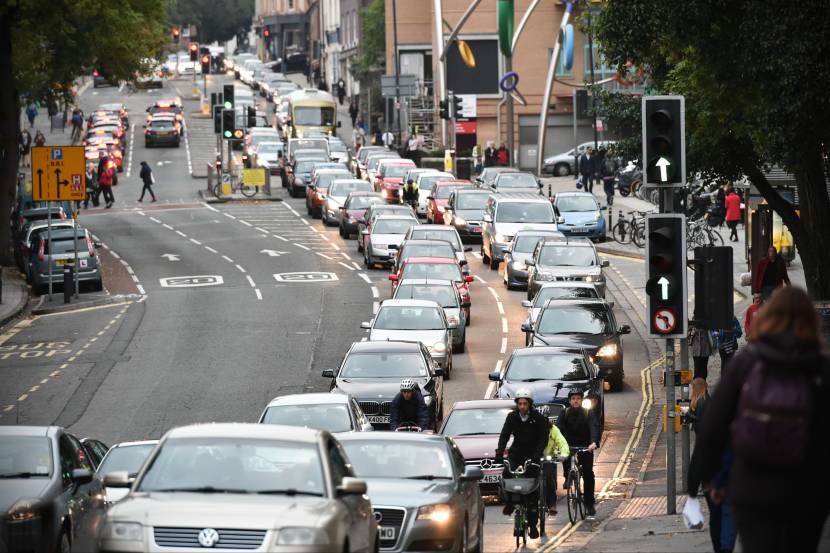
New campaign raises awareness of the Highway Code changes
On 3 August, the government launched a campaign to remind road users about the 2022 Highway Code changes that prioritised vulnerable road users.
This has come at the right time as government data revealed that a total of 35,551 pedestrians and cyclists were either killed or injured on the road in 2022.
The ‘travel like you know them’ campaign aims to raise awareness of the changes. Here are the changes at a glance:
-
Other road users should give priority at junctions to people cycling straight ahead and people who are waiting, or already crossing the road.
-
Pass horses and riders at under 20 mph and give at least 2 metres of space. Also other road users should pass people walking on the road slowly.
-
Leave 1.5 metres when overtaking cyclists at speeds of up to 30 mph. You should give more space when you’re overtaking at higher speeds.
-
Cyclists can ride 2 abreast or in the centre of the lane if it’s safe to do this. They can move into single file to allow vehicles to overtake.
Although the campaign focuses on everyone who uses the road, its main emphasis is on people who can cause the most harm. In this case it's drivers.
The campaign gives a glimpse at the lives of other road users, like pedestrians and cyclists, and shows how they use the road.
It puts emphasis on drivers to keep cyclists and pedestrians safe on the road by:
-
Giving them enough space when they pass
-
Giving priority to pedestrians crossing at junctions.
-
Encouraging drivers to respect other vulnerable road users and treat them as if they were a friend or family member
Campaign "breaks tribal mentality" between drivers, cyclists and pedestrians
Antony Kildare, Chief Executive at IAM RoadSmart, said:
“Since the new Highway Code changes were rolled out, there has been further need of an educational campaign to ensure the amendments are disseminated and fully adopted by the millions of existing drivers, motorcyclists and other road users.
“As a road safety charity, IAM RoadSmart believes a relaunch of the Travel Like You Know Them campaign that encourages motorists to think of others, and that aims to influence behavioural change may prevent people from taking unnecessary and uniformed risks.”
Sarah Mitchell, Cycling UK chief executive goes on to say:
“The Travel Like You Know Them campaign challenges the false binaries that people are either motorists, cyclists or pedestrians, when the reality is most of us are a combination of all 3.
“It breaks down tribal mentality that can stoke tension on our roads, making them more dangerous for us all. It should be applauded and Cycling UK is pleased to see the government continue to highlight the important Highway Code changes designed to make cycling and walking safer.”
Horse riders aren’t mentioned in the campaign though, and they’re also considered vulnerable road users.
In 2022, the British Horse Society (BHS) said that more work needed to be done to make sure drivers are informed about the Highway Code changes.
The organisation's Dead Slow campaign revealed that 3,552 road accidents involving horses were reported to the BHS in 2022. 68 horses died and 125 were injured due to motorists.
Alan Hiscox, director of safety at the BHS, said:
“Horses are still being killed and injured on our roads, riders continue to be seriously injured and too many drivers underestimate the importance of driving carefully around horses. This is detrimental to the safety of equestrians. You only have to look at the 68 horses who were tragically killed across the UK in 2022.”
“Our fear is that guidelines aren’t being clearly explained and delivered, this needs to change. Urgent action is required to make every road user aware of the Highway Code changes and, critically, why it’s so important to pass horses with care. Only through working collaboratively to educate and drive awareness will we be able to stop these awful incidents from happening over and over again.”
Its campaign aims to highlight the correct procedure for passing horses on busy roads:
-
Slow down to a maximum of 10 mph
-
Be patient - don’t sound a horn or rev your engine
-
Pass wide - give horses at least 2 metres and pass them slowly
-
Drive slowly away from the horses
What are the 2022 Highway Code changes?
Changes to the hierarchy of road users
It’s important that all road users:
-
Are aware of The Highway Code
-
Are considerate to other road users
-
Understand their responsibility for the safety of others
Neglecting to know the Highway Code could be used against you if you have an accident and it's found to be your fault. You might also face an expensive car insurance claim and maybe even points on your licence.
Give way to pedestrians crossing at junctions
If pedestrians are crossing or waiting at a junction, drivers should give way and allow them to cross.
When turning into a road, if you notice a pedestrian waiting to cross, you should allow the pedestrian to cross before turning into the road.
If you’re driving to a junction and you notice a pedestrian waiting to cross, you have to allow them to cross before you reach the junction.
Motorists, motorcyclists and cyclists must give way to pedestrians at a zebra crossing. This rule applied before the changes, but the Highway Code has emphasised this further in the 2022 update.
Motorists and motorcyclists must give way to cyclists on a parallel crossing too - these are similar to zebra crossings but with a cycle lane.
Overtaking a vulnerable road user if you’re driving or cycling
If you're driving, you can overtake a horse rider or cyclist if they’re travelling under 10 mph. This is provided that the lanes are marked with a double white line and that it’s safe to do so.
Passing distances also changed:
-
If you’re overtaking a cyclist at 30 mph, you should leave at least 1.5 metres (5 feet). Give cyclists even more space if you’re travelling at a higher speed.
-
If you’re overtaking riders or horse-drawn vehicles you should leave at least 2 metres (6.5 feet). Horses can spook easily, so you shouldn’t pass them at speeds over 10 mph.
-
Allow 2 metres (6.5 feet) of space between you and any pedestrian that’s walking in the road - for example if there’s no pavement.
You shouldn’t overtake unless you’re able to maintain this distance while passing.
Driving on a roundabout with cyclists, riders or horse-drawn vehicles
The Highway Code update says If you’re driving on a roundabout, you should give priority to:
-
Cyclists
-
Horse riders
-
Horse-drawn vehicles
Cyclists, horse riders and horse-drawn vehicles should stay in the left-hand lane of the roundabout. This applies even if they’re going across or around the roundabout.
People driving a car or riding a motorbike should:
- Not attempt to overtake a cyclist or rider in their lane
- Allow cyclists or riders to move across their lane as they travel around the roundabout
When entering a roundabout, drivers shouldn’t cut across vulnerable road users who are continuing around the roundabout in the left hand lane.
Leaving your vehicle safely
The Highway Code is encouraging motorists to use a new technique when leaving a vehicle.
When you’re parked and about to leave the vehicle, you should open the door using the hand opposite to the door you’re opening.
For example, if you were opening the door on your right, you’d use your left hand to open it.
This technique is sometimes called the ‘Dutch reach’.
The technique makes drivers turn their head to look over their shoulder and behind them. This means they’re more likely to see a cyclist, motorcyclist or pedestrian before they open the door.
Electric car charging rules
The Highway Code has also brought in new rules for electric cars.
Drivers should park closely to the charging point, making sure that the charging cables don’t create a trip hazard.
While your EV is charging you should display a warning sign if you can.
Once you’ve finished charging, return the cables and connectors so it’s not an obstacle for other road users.



